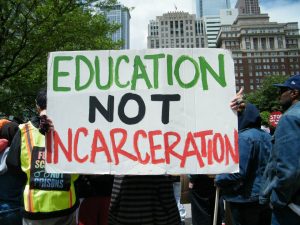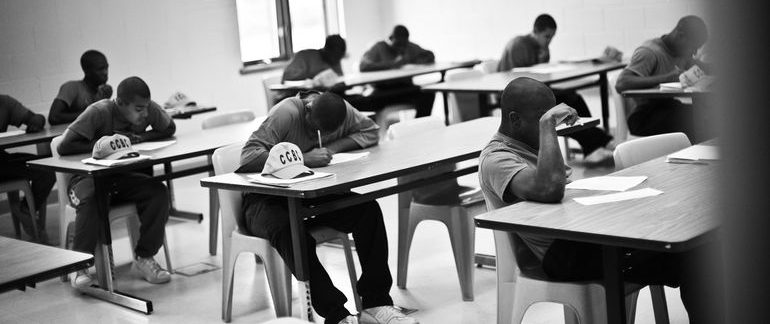Most community organizations are not geared focally around the end to zero tolerance. Rather most anti-zero tolerance platforms come through national alliances of grassroots organizations. To name a few:
- National Education Association
- American Civil Liberties Union
- Dignity in Schools
- Justice Policy Institute
- National Center for Youth Law
(For other inquiries into connecting with national organizations for the end to zero tolerance please contact: [email protected])
The following grassroots organizations are mostly focused around restorative justice advocacy in communities.
Who is involved?
Most groups that are listed in the following are a collection that varies frequently in composition distribution given that I attempted to give a wide spread of grassroots organizations from across the country. There are consistently within these groups a perceived equal distribution of male and female organizers and quite commonly minorities from certain areas undergoing restorative justice processes. For instance, the Center for Restorative Justice in South Dakota has Native American involvement. Furthermore as one might expect, these grassroots organizations are upheld by those whose communities are affected by them. Therefore a perusal of the staff or board of directors are frequently composed of local educators, parents, students, community leaders of a variety of backgrounds, as well as some law enforcement agencies.
What is their message?
Most mission statements of the grassroots organizations that follow are centered around efforts of countering zero tolerance discipline– restorative justice. Most commonly the messages center around not alienating youth from communities through suspensions and promoting collaboration through conflict. Further, there is a commitment to spreading these practices beyond the environments of either the classroom or the community but to the exchanges that are most intimate as well as to those that may be more impersonal. Some

Unknown, 2012, Retrieved from http://moodiemills.com/2012/12/zero-tolerance-policies-perpetuate-a-school-to-prison-pipeline-for-lgbt-youth/
grassroots organizations did make the connection that students who disassociate from schools are more likely to end up in the “school to prison-pipeline.” With those groups aforementioned, there is a concerted effort to re-integrate those put through the juvenile system or adult penitentiary system back into society in a positive and productive manner.
How has their work affected their topic?
Ingraining restorative justice practices into society organically will take some time. As of now, the growing development of grassroots organizations that use restorative justice as an alternative to zero tolerance provide evidence for a more effective means at “disciplining” and rehabilitating youth and communities at large. The continuance of success stories presented on grassroots’ websites present a method that may eventually become the more favorable outcome. Ideally this favorable outcome, will be manifested through legislation and ultimate acceptance by society. However, for the moment, zero tolerance policy still stands.
What are the challenges they are facing?
One of the biggest challenges that these grassroots groups face, and certainly others on other topics as well face is the issue concerning incentive to continue. It will vary from group to group, but some presented in the following have more reliance on students than others. This coupled with some leaders of groups unable to attend to manage the group full time present the questioning of long term commitment to these organizations. This commitment may be considered in time, but it is also important to consider financial strength as many of these groups depend on the charity of others to continue. should support for restorative justice diminish, these programs could possibly conclude.
With all the aforementioned said, here is a look at a survey of groups working to end zero tolerance and/or promote restorative justice.

